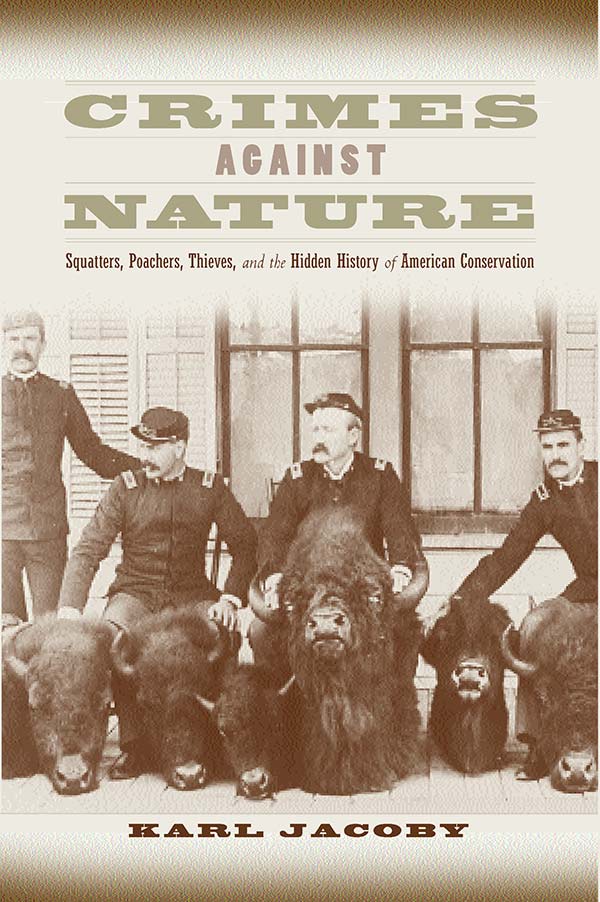Crimes against Nature
Squatters, Poachers, Thieves, and the Hidden History of American Conservation
Utilizing case studies drawn from three of the United States’ earliest and most prominent conservation sites—the Adirondacks, Yellowstone National Park, and Arizona’s Grand Canyon—Crimes Against Nature reveals how nineteenth-century efforts to control nature became irretrievably entangled with attempts at controlling the behavior of rural Americans. Viewed from the perspective of the inhabitants of the American countryside, conservation represented the imposition of a new legal framework on the natural environment, one that transformed many previously acceptable practices into crimes: hunting became poaching, for example, the cutting of timber, theft, and the setting of fires, arson. These dramatic changes enmeshed, in turn, a diverse array of rural folk, from Abenaki, Shoshone, and Havasupai Indians to poor whites in New York, Montana, and elsewhere. Before Crimes Against Nature’s novel blend of social and environmental history, such individuals had been virtually invisible in the scholarship on the American relationship with nature, which had focused instead on what the environmental historian Richard Grove once termed the “pantheon of conservationist prophets”: celebrated figures such as George Perkins Marsh, John Muir, Gifford Pinchot, and Theodore Roosevelt, who collectively laid the political and intellectual groundwork of the conservation movement.
Read an excerpt from Crimes Against Nature: Download PDF
Excerpt courtesy University of California Press
More about the book





